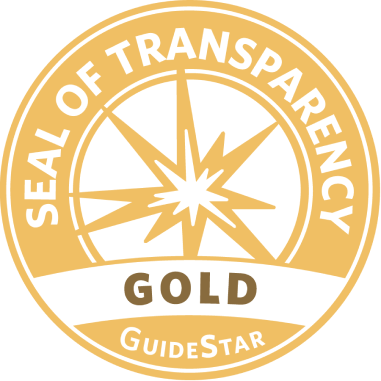Trauma has a way of isolating people. It creates invisible walls that make survivors feel alone in their suffering, as if no one else could possibly understand their pain. For women in Iran and Afghanistan—many of whom have endured violence, oppression, and displacement—this isolation can be overwhelming. However, at the Omid Foundation, we have seen that healing does not happen in solitude—it happens in community.
When survivors of trauma find themselves surrounded by people who listen, support, and uplift them, their wounds begin to mend. Community can take many forms—a circle of friends, a support group, an online gathering, or even a single trusted mentor. Whatever shape it takes, being part of a community reminds survivors that they are not alone and that their pain is seen, heard, and understood.
Why Community Matters in Healing
The power of community in overcoming trauma is not just emotional; it is deeply psychological and even biological. Studies show that social support can reduce stress, lower anxiety, and improve mental health. When trauma survivors are embraced by a compassionate network, they experience:
- A Sense of Belonging – Trauma often makes survivors feel disconnected from the world. Being part of a community helps them rebuild their sense of identity and worth.
- Emotional Validation – Hearing “I believe you” or “You are not alone” can be life-changing. Community provides a space where survivors can share their experiences without fear of judgment.
- Shared Strength – Seeing others who have survived similar hardships can inspire hope and resilience. If one woman has healed, it means healing is possible for others too.
- Practical Support – Whether it’s access to resources, emotional encouragement, or simply a listening ear, community provides real, tangible help in difficult times.
Ways to Build Healing Communities
Creating and maintaining a supportive community is not always easy, especially in environments where women are discouraged from speaking about their trauma. However, at the Omid Foundation, we have found several approaches that help foster healing communities.
1. Safe Spaces for Sharing
Whether online or in-person, trauma survivors need a safe environment where they can talk about their experiences. Support groups, women’s circles, and counseling sessions provide these much-needed spaces for open expression.
2. Peer Support Networks
Sometimes, the best support comes from those who have walked the same path. Peer-to-peer mentorship allows survivors to learn from and uplift each other as they heal together.
3. Skill-Building Workshops
Communities that focus on learning and growth—such as English language classes, computer literacy courses, and vocational training—offer survivors both emotional support and practical tools for independence.
4. Online Support Systems
In restrictive societies where women cannot always gather freely, online communities become lifelines. Social media groups, virtual meetings, and messaging apps allow women to connect and support each other despite physical barriers.
Healing Together
Trauma may be a deeply personal experience, but healing does not have to be a lonely journey. Community reminds survivors that they are not broken, they are not alone, and they are not without hope.
At the Omid Foundation, we believe in the power of togetherness. By lifting each other up, sharing stories, and standing strong as a collective, women can move from surviving to truly thriving.
Because when one woman heals, she becomes a source of strength for another. And together, they build a future where healing, hope, and resilience are possible for all.

